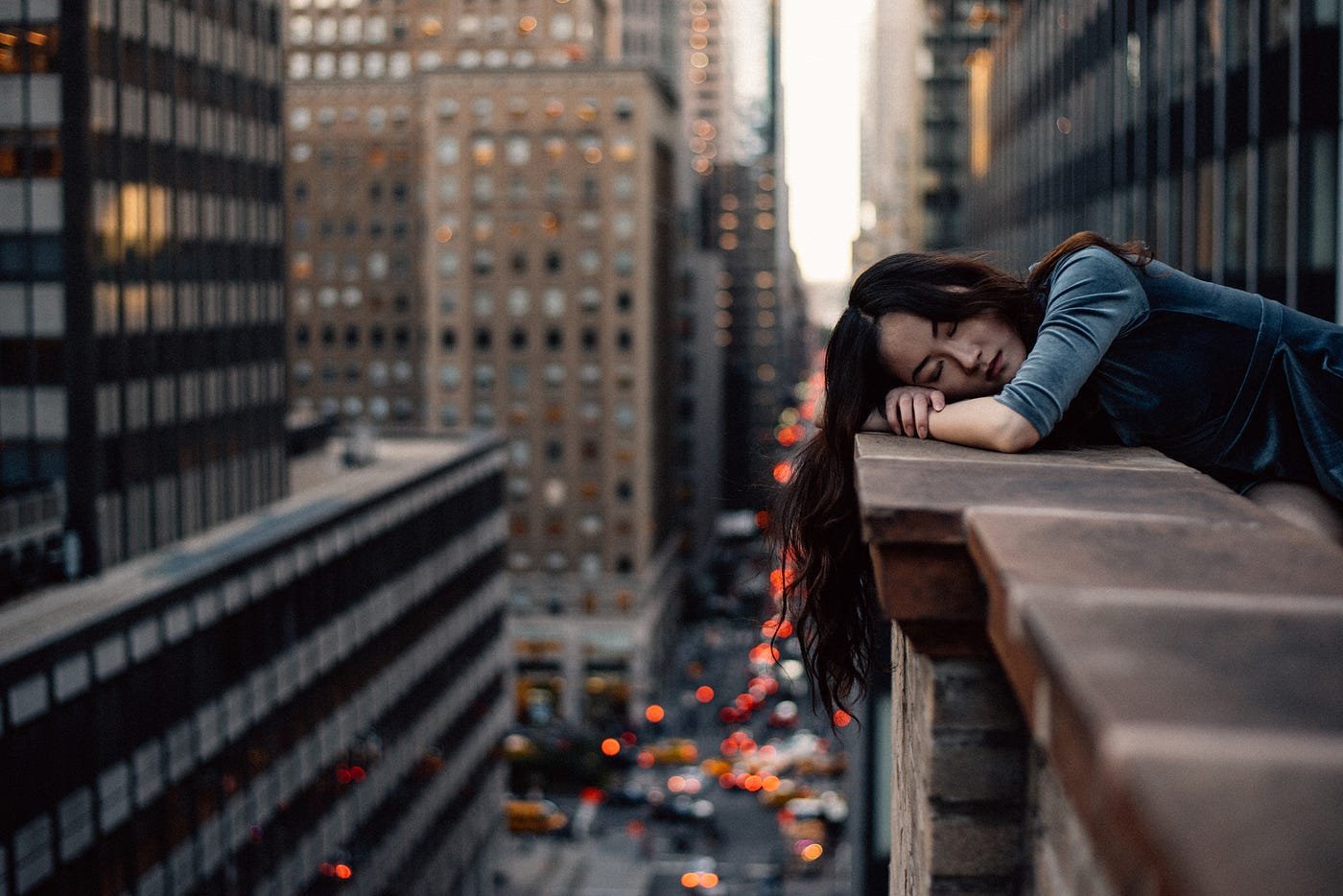Urban fantasy, a genre that blends magical elements with contemporary settings, has evolved significantly over the years. From its early roots in classic literature to its modern incarnations, urban fantasy has undergone a transformation that reflects changes in society, culture, and storytelling. This article explores the evolution of urban fantasy, tracing its development from classic influences to contemporary trends.

Early Influences and Origins
Roots in Classic Literature
The origins of urban fantasy can be traced back to classic literature, where elements of fantasy were incorporated into urban or modern settings. Works such as Charles Dickens’ “A Christmas Carol” and Bram Stoker’s “Dracula” blend supernatural elements with everyday life, laying the groundwork for the urban fantasy genre. These early works introduced the idea of magical or supernatural occurrences within a realistic urban backdrop.
Mythology and Folklore Integration
Early urban fantasy often drew on mythology and folklore, incorporating mythical creatures and magical themes into contemporary settings. Authors like H.P. Lovecraft and M.R. James used elements of the supernatural to explore the intersection of the magical and the mundane. This integration of traditional mythological themes into urban settings helped shape the genre’s foundation.
The Rise of Modern Urban Fantasy
Defining the Genre
The 20th century saw the emergence of urban fantasy as a distinct genre, characterized by its blending of magical and contemporary elements. Authors like Anne Rice with her “The Vampire Chronicles” and Neil Gaiman with “Neverwhere” played a pivotal role in defining urban fantasy. These works established key conventions of the genre, such as hidden magical worlds, urban settings, and complex character dynamics.
Urban Fantasy as a Mainstream Genre
By the late 20th and early 21st centuries, urban fantasy began to gain mainstream popularity. The success of series like “The Dresden Files” by Jim Butcher and “The Mortal Instruments” by Cassandra Clare showcased the genre’s appeal to a broader audience. Urban fantasy became a fixture in popular culture, leading to a proliferation of books, television shows, and films that embraced its unique blend of magic and modernity.
Contemporary Trends and Innovations
Diverse Representation
Contemporary urban fantasy reflects a greater emphasis on diversity and representation. Modern authors are increasingly incorporating characters from various cultural, racial, and gender backgrounds into their narratives. This shift towards inclusivity enriches the genre and reflects broader societal changes. Works like “The City We Became” by N.K. Jemisin and “The Invisible Life of Addie LaRue” by V.E. Schwab highlight the genre’s evolution towards more diverse and inclusive storytelling.
Blending Genres
Contemporary urban fantasy often blends with other genres, such as science fiction, romance, and mystery. This cross-genre experimentation has led to innovative storytelling approaches and unique narrative structures. For example, “The Magicians” by Lev Grossman combines elements of urban fantasy with coming-of-age and literary fiction, while “Buffy the Vampire Slayer” merges urban fantasy with action and teen drama.
Exploring New Themes
Modern urban fantasy explores a wide range of themes, including social issues, identity, and technology. Authors are using the genre to address contemporary concerns and reflect on societal changes. For instance, themes of technology and its impact on human relationships are explored in works like “Rivers of London” by Ben Aaronovitch, where technology and magic intersect in a modern urban setting.
The Impact of Media and Adaptations
Television and Film Adaptations
The adaptation of urban fantasy into television and film has further propelled the genre into the mainstream. Shows like “Supernatural,” “The Magicians,” and “Shadowhunters” have brought urban fantasy to a wider audience, showcasing its appeal through visual storytelling. These adaptations often expand on the genre’s conventions, introducing new elements and interpretations.
Influence on Popular Culture
Urban fantasy has become a significant influence on popular culture, shaping trends in literature, media, and entertainment. The genre’s blend of the magical and the mundane resonates with audiences, leading to its continued popularity and influence. Urban fantasy’s impact is evident in various forms of media, from graphic novels to video games, demonstrating its broad appeal and cultural significance.
Future Directions
Innovations and Trends
As urban fantasy continues to evolve, it is likely to incorporate new trends and innovations. Emerging technologies, such as virtual reality and augmented reality, may influence the genre’s storytelling techniques and world-building approaches. Additionally, ongoing developments in social and cultural contexts will continue to shape urban fantasy’s themes and narratives.
Expanding Boundaries
The genre’s expansion into diverse and innovative territories suggests a bright future for urban fantasy. Authors are exploring new ways to blend magical elements with contemporary issues, pushing the boundaries of traditional storytelling. As urban fantasy evolves, it will likely continue to captivate readers with its imaginative and dynamic blend of the extraordinary and the everyday.
Conclusion
The evolution of urban fantasy from its classic roots to contemporary trends reflects a dynamic and ever-changing genre. From early literary influences to modern innovations, urban fantasy has continuously adapted and expanded, offering fresh and imaginative narratives that resonate with audiences. As the genre continues to evolve, it will undoubtedly explore new themes, embrace diverse perspectives, and push the boundaries of storytelling, ensuring its continued relevance and appeal in the literary landscape.

